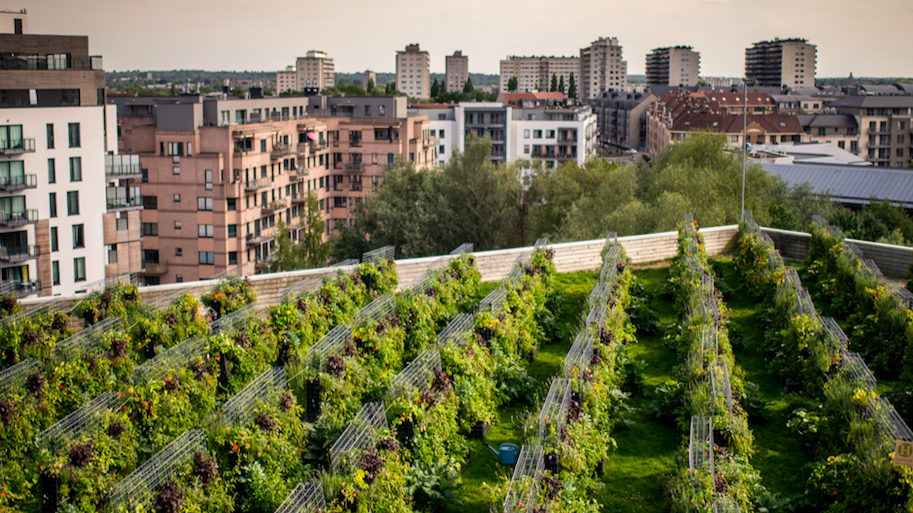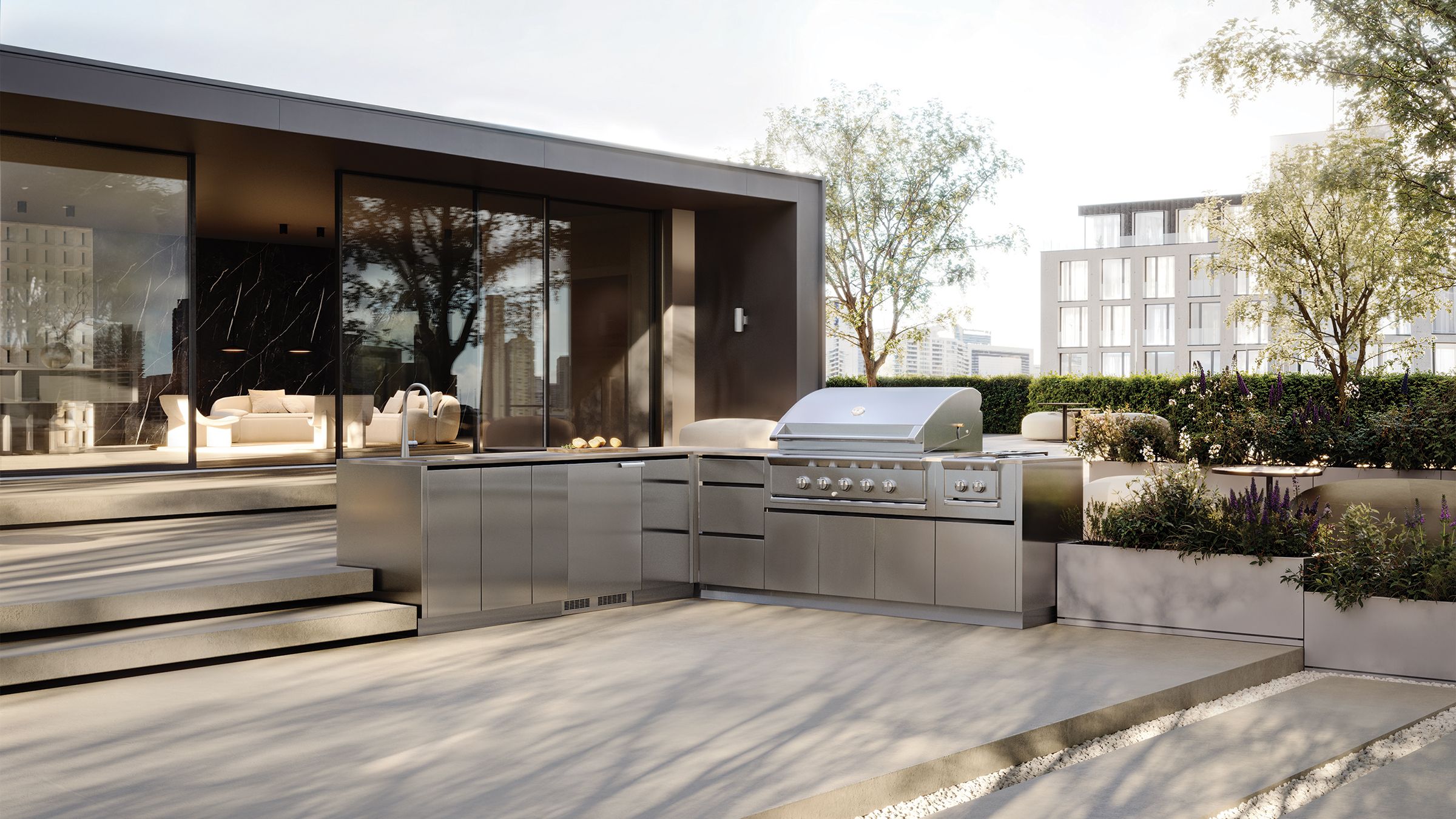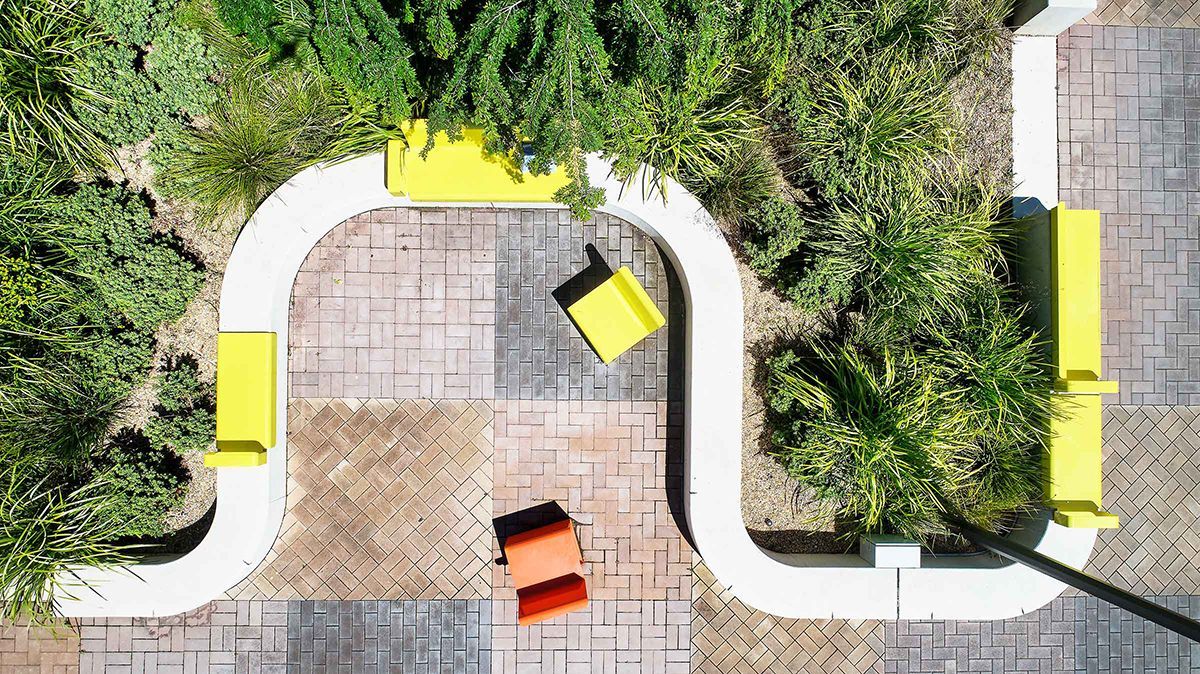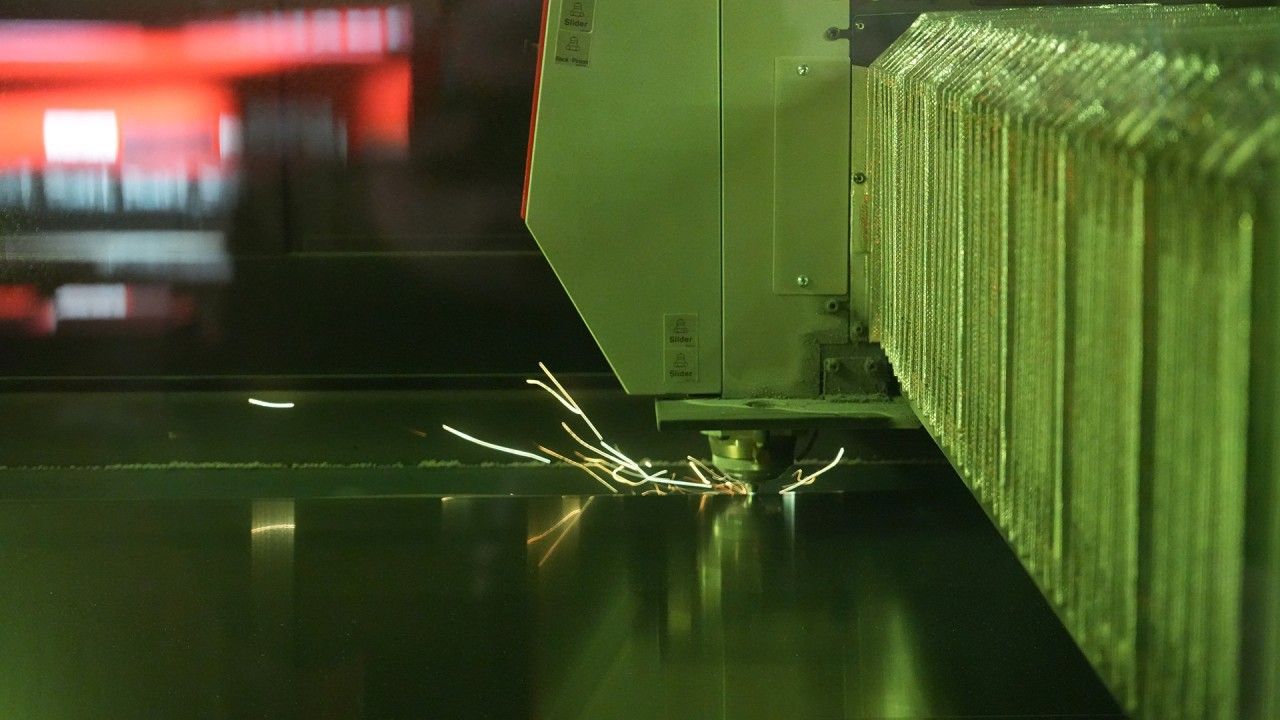Designing a rooftop green space isn’t as simple as adding plants. It requires careful planning and problem-solving. Architects and landscape designers must consider several key challenges; older buildings weren’t designed to handle the weight of traditional soil-based systems, and excess water retention can lead to drainage issues. And let's not forget; not every property owner is willing to invest in maintenance.
That’s where smart design and adaptable solutions play a crucial role. Our modular planters help address some of these common challenges by offering lightweight, customized solutions that reduce structural concerns, simplify drainage, and adapt to different rooftop environments.
Green Theory's planters help architects and designers create scalable, low-maintenance rooftop gardens without excessive weight or infrastructure changes. By providing customizable, lightweight solutions, they make it easier to integrate greenery into high-density environments.







